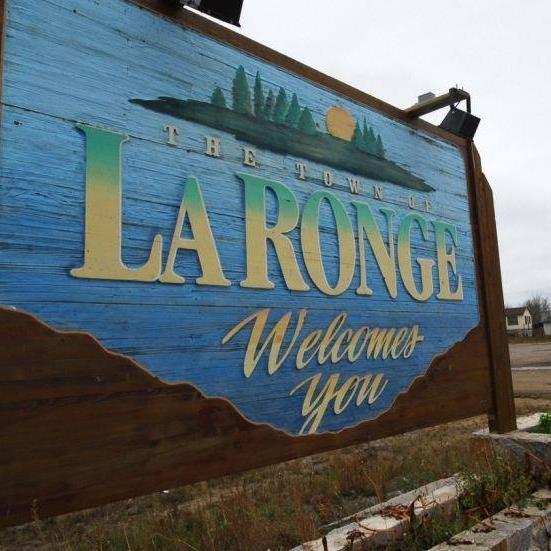(By:Jessica R. Durling, Local Journalism Initiative Reporter Humboldt Journal)
Had it not been for the community response during the outage that left 9,000 residents around La Ronge without power, the results could have been lethal, according to Steve Brown, the administrator.
“We still get a few things to clean up on the town operations and whatnot from the power outage, but by and large, we’re back to normal operations,” Brown said.
“One thing we did well is we all worked as a community.”
The Northern Village of Air Ronge, Lac La Ronge Indian Band and Town of La Ronge entered a state of emergency on May 18, following power outages caused by at least 15 transmission structures being destroyed by the Cloverdale wildlife causing 9,000 residents to be without power.
Power was restored on May 20.
Throughout the outage, the Jonas Roberts Memorial Community Centre was offering food services and bagged meals to elders and anyone in need of food, and a temporary warm-up shelter was constructed at the Mel Hegland Arena. The nisto ihtāwina Early Years Family Resource Centre gave access to an emergency supply of diapers and tampons.
“Everybody in the community, including the town workers, came together,” Brown said. “We created a shelter in 24 hours, which was pretty impressive since sometimes it takes days or weeks to get something like that going – we figured out how to do it in 24 hours up here.”
Brown credited the quick efforts to volunteers, town staff and managers who were able to clear COVID-19 distancing protocols with the Public Safety Agency.
The 37-bed setup was utilized by three community members on the first night, and rose to seven or eight the second night.
“The way our emergency management officer said… those few people could have been in a lot worse of a situation had they stayed at home because it dropped down to -10°C that night. So we could have saved people’s lives that night.”
Brown said that the town has identified a series of areas where they could improve on for future emergencies. These include training, small infrastructure investments, and better overall emergency awareness.
One such infrastructure investment is a better printer.
“It couldn’t keep up to the printing demand when we started printing out flyers to hand to the residents, we used a little tiny printer and it kind of caved out on us, and we are in the process of securing a larger printer,” he said. “Nothing major, we made sure we have some more office supplies in there.”
